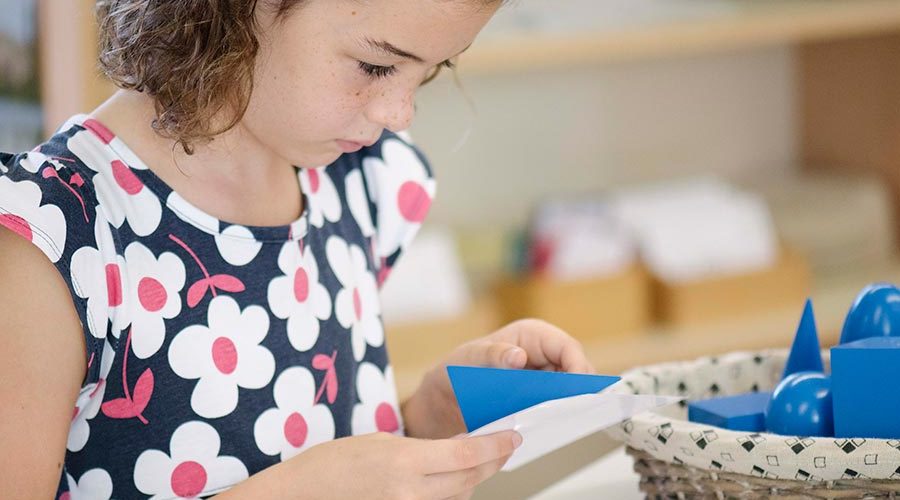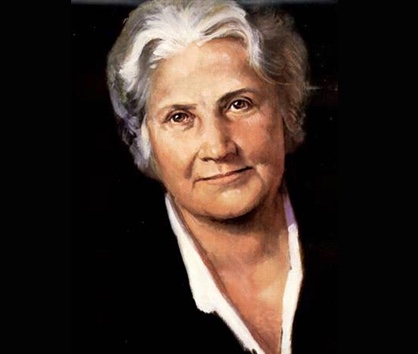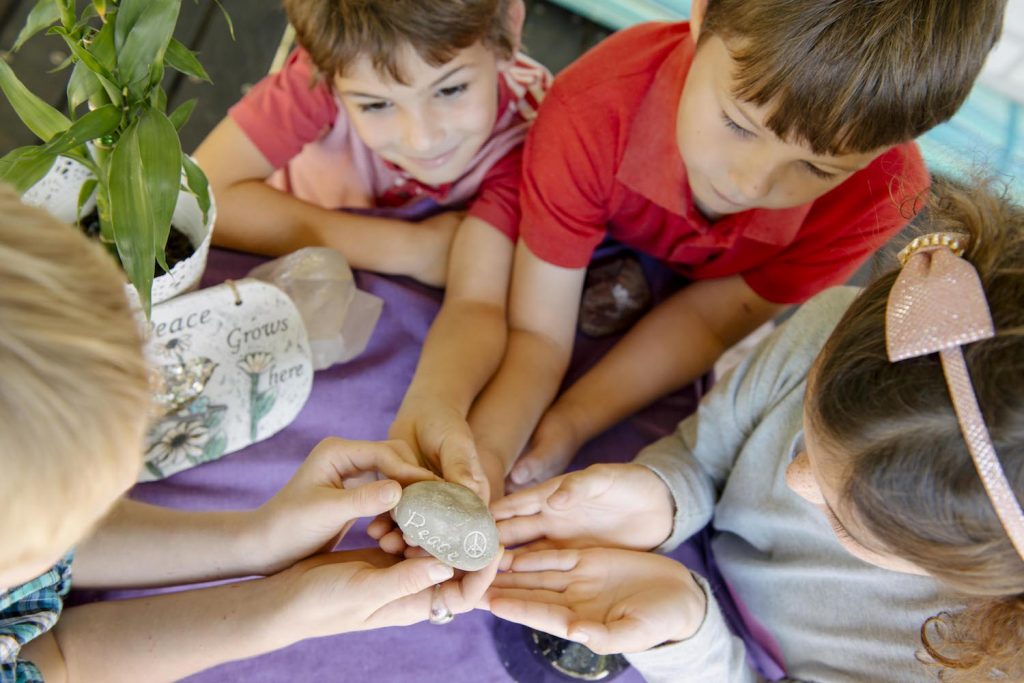In the lead up to the International Day of Peace on September 21, it’s timely to consider what peace means to each of us as individuals as we also celebrate one of history’s key advocates of peace: Dr Maria Montessori.
“Peace is what every human being is craving for, and it can be brought about by humanity through the child.”
Dr Maria Montessori
It can seem like a strange paradox – that we should prioritise the needs of the individual in a Montessori classroom, while at the same time talking about peace and the unity of the environment as a whole. How is that possible? If children are working individually – doesn’t that mean every child is only focused on themselves and not the group?
In fact, it is by taking responsibility for our own actions as individuals that we best contribute to the peace and unity of the wider communities we are part of.
When individuals are honoured – for the very fact of their individuality – they are able to run their own race, be true to who they are – and in return, honour the other individuals around them.
Divisiveness happens when competition is the name of the game – when children are compared to one another, with rankings, gold stars and external rewards for the chosen few. For one to go up, others must come down so it is very tempting to trample on others in the race to the top.
In a Montessori classroom, each child is so engrossed in what they are doing – because they have chosen it for themselves and it is the exact right activity for them at that moment – they are unperturbed as to what their peers may be working on across the room. They certainly don’t need to know that one child is grappling with the Stamp Game, or another has just aced the Checkerboard. Children aren’t ranked against one another, so how others are doing is of no consequence.

Unless that child asks for help, that is, in which case help is readily given. Who better to give a lesson to a child than someone who just mastered this themselves yesterday? When children aren’t compared to one another, there’s no need to cover your work from prying eyes – in fact, it’s just the opposite. At MIC children love to help one another – and they love being asked! They wouldn’t dream of saying no. And it is this interdependence that ensures everyone benefits from our culture of unified support.
In fact, teaching peace and kindness takes many forms in our MIC classrooms, and it can be so subtle we can miss it. From the ”Conversation”‘ activity in a 3-6 environment (where children take it in turns talking and listening while an egg-timer keeps time), to waiting our turn when someone has an activity we want to use, to participating in Community Clean Up at the end of the day – they all teach peace and care for others. Conflicts are respectfully resolved around a Peace Table and even sitting in the circle for birthday celebrations and engaging in the birthday walk ceremony is an expression of peace and kindness as the children pay homage to the birthday boy or girl and each year of their life so far.
So you won’t see any star charts or Red/Amber/Green behaviour posters on the walls in our MIC classrooms. We don’t have A-Grade students or D-Grade students. Big red marks out of 10 won’t be scribbled all over a child’s precious work so children can see how they did compared to the child next to them.
There are many ways that Dr Montessori’s approach to education promotes peace within the child. She believed a peaceful child becomes a peaceful adult and thus – the world is changed, one person at a time.

We honour Maria Montessori and her approach to Peace Education as we prepare to celebrate the International Day of Peace on 21 September.
